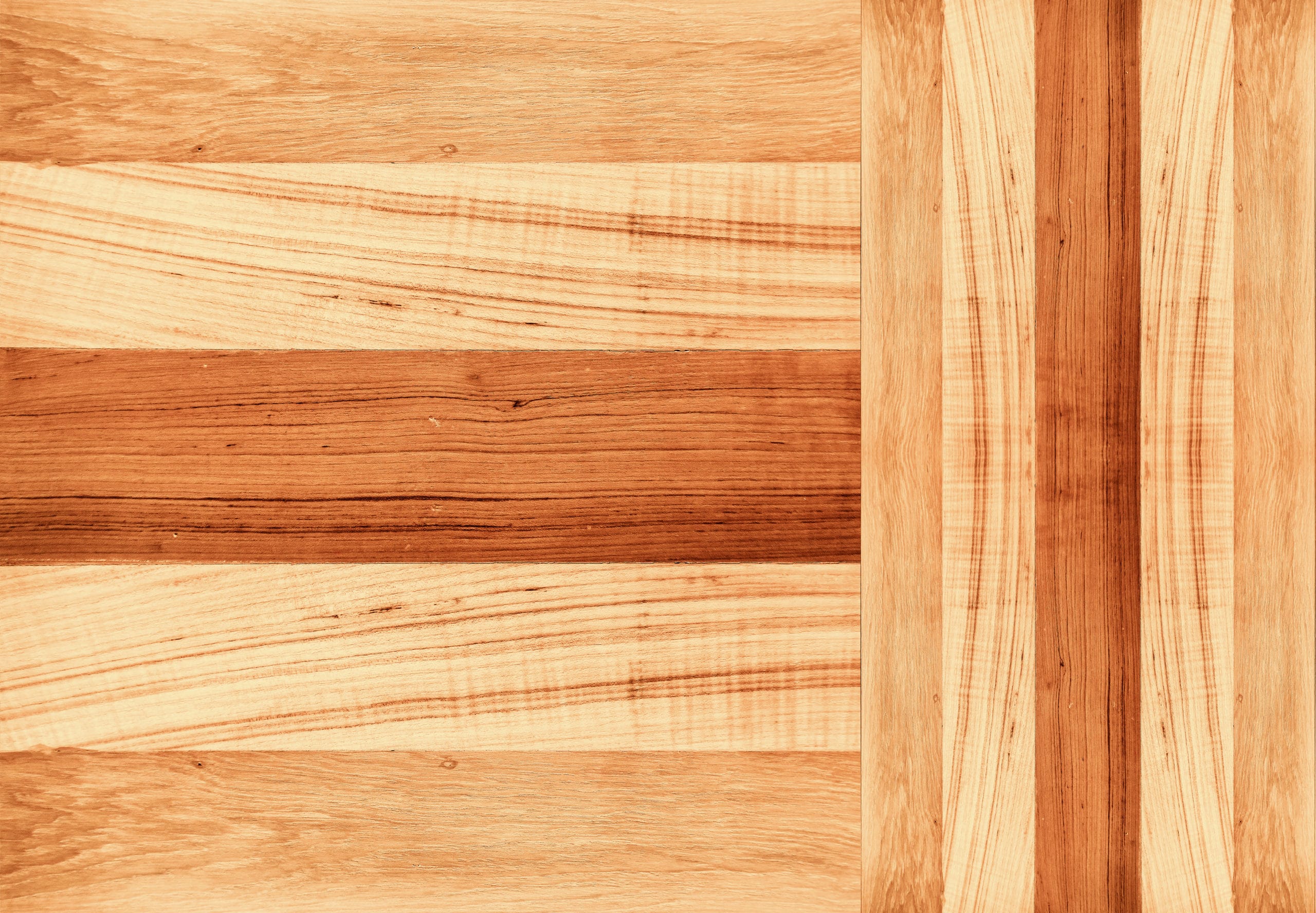How is CLT manufactured?
Answer: CLT panels are created using a process of drying, trimming, assembling, adhering and pressing panels together.
Cross Laminated Timber panels are made up of many layers of lumber boards that have been kiln-dried a stacked in alternating directions, then bonded with adhesives, and pressed together to create one solid rectangular panel. Usually, a CLT panel consists of an off number of layers – often between 3 and 7 lay ers, or more. CLT panels can be used throughout an entire building, including the floors and walls, and are a great alternative to conventional framing, concrete, masonry, and steel options for building.
ers, or more. CLT panels can be used throughout an entire building, including the floors and walls, and are a great alternative to conventional framing, concrete, masonry, and steel options for building.
Benefits of Cross Lamination
There are many benefits of cross laminated timber, including:
- Can be used throughout an entire building
- Replaces heavy steel and concrete
- Renewable building material
- Stores carbon from the environment
- Is a “green” product
The Process of Creating CLT Panels
When producing CLT panels, this general process is followed:
- Lumber is selected – common types include Western Larch and Douglas Fir
- Lumber is dried – using a kiln, the lumber is dried to a moisture content of approximately 12 percent
- Defects are removed from the lumber
- Trimming and Jointing – this creates the correct length of lumber
- Assembling of the Panels – by placing the boards side by side, solid wood layers are formed
- Adhesive – every layer of the CLT panel is sprayed with an adhesive
- Pressing – the panel is pressed together with a hydraulic press
- Fabrication – panels are then cut to size, milled, and finished as require for each project
Once this process is complete, CLT panels are ready to go to the project site. These CLT panels can be milled to any required specifications, making them wonderfully easy to use on the job site.







